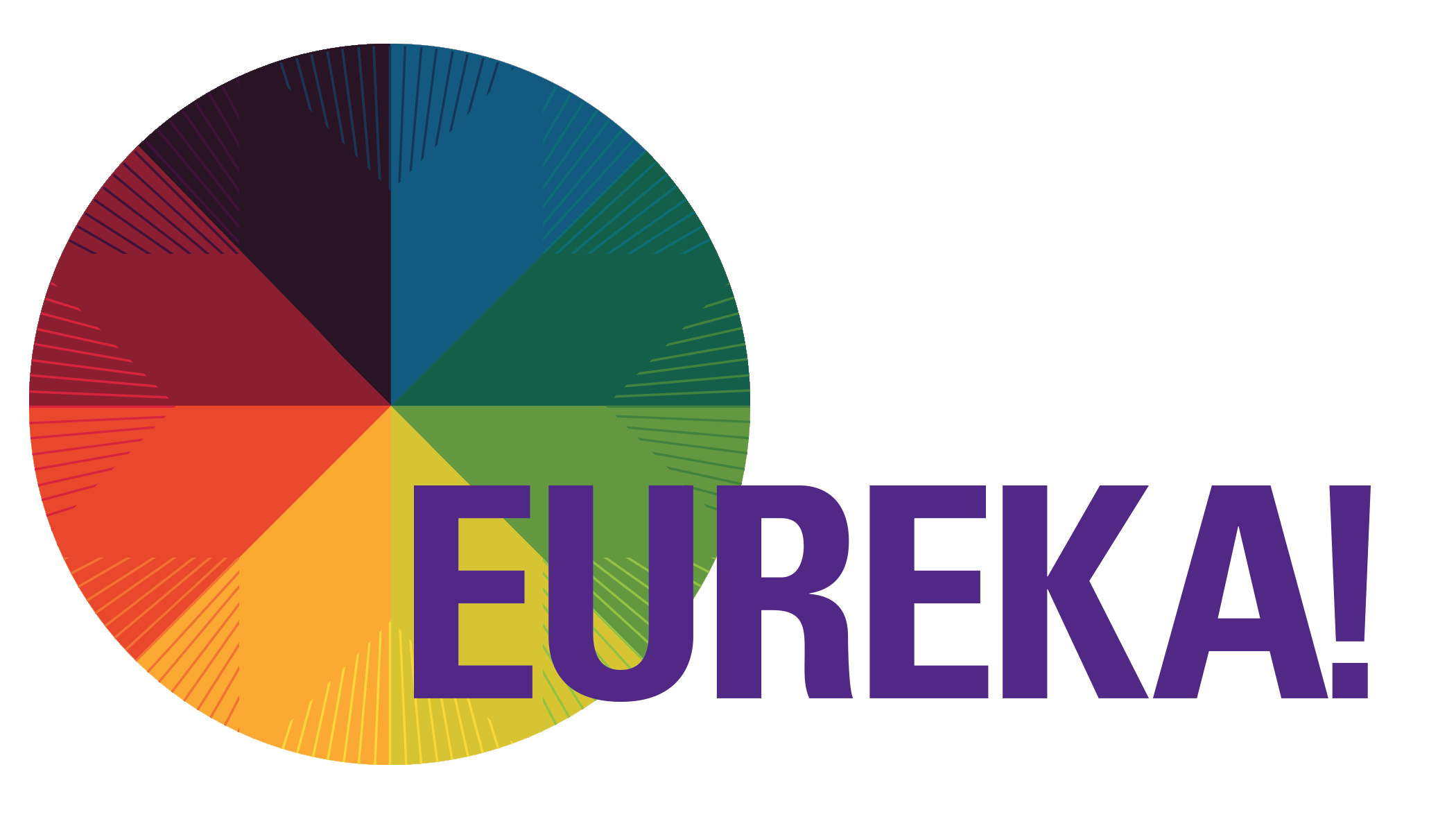Before you start writing, research your topic, and find out everything you can. It will be easier to write your presentation if you feel confident in the area of your topic/theme.
Build your presentation in this order
Write the message you want your audience to take away (your topic/theme)
Write out your key points
Work out the best order for the audience to understand them
Expand the points further
Write a summary sentence for each point/paragraph
Write your conclusion
Write your introduction- think about your hook!
Write you title of your talk- strive to convey your theme in an engaging way in your title
Big Tip: Write as much as you can first then cut it down to six minutes, this will mean that you are left with only the most important information.
From a topic to a theme
Complete the following as complete sentences
“Generally, my talk is about……….
“Specifically I want to tell my audience about………….
“After my talk, I want my audience to understand that….”
Things to consider
Think about your audience
Think about presenting to your parents’ friends
What level of understanding would the general public have of your topic? Present to the lowest level of understanding- but don’t be condescending
What are the judges looking for?
Don’t forget to explore the tangibles and intangibles around your topic/theme
List at least two ways in which you will make your presentation relevant to your audience (their life, something they care about, or could care about)
“You do not really understand something unless you can explain it to your grandmother.”
Albert Einstein 1879-1955
Don’t forget your hook
Using an attention-grabbing statement related to your theme to capture your audience. More details about how to develop a hook are in the “Pitching your Big idea” section.
Pulling Your Talk Together
The P.O.E.T.R.Y of good presentations says that all good presentations are Purposeful, Organised, Enjoyable, Thematic, Relevant, and convey the knowledge and passion of You. An organised and structured talk provides guidance for the audience. A good poem is memorable and enjoyable and often gets you to look at something in a different way.
Quick Tips
Write in a conversational tone – Write in a way that sounds good (alliteration, assonance, abbreviations etc.)
Ends are everything– The ears will remember the last thing that you have said. Rework sentences to put the most important part at the end for more impact.
Use short sentences– Allows for more pauses, resulting in more impact. Remember to breathe.
Use rhetorical questions– Keep the listener’s brain active and engaged thinking of an answer, rather than providing an answer for them.
Keep it simple– Using big words and heavy language will just confuse and bore your audience. You want your presentation to be an easy, fun listen that doesn’t require the audience to decode your message. If they have to work too hard, they will stop listening.
Read it aloud- If you can’t manage to read it aloud with ease, how to do expect your audience to listen and take in what you’re saying.
Less is more! Have a clear structure and flow. If the audience can understand the structure of your talk with ease then they can focus on the details of what you are talking about. If they have to spend the duration of your talk wondering where you’re going with this?- then they won’t have time to take in the content of your presentation.
Kill your darlings– If it’s not critical to get the story/point across then get rid of it! Go through your presentation and make sure that every sentence is important to your big picture.
The rule of three– Things always sound better in groups of three. This is a very important tool for writing speeches and presentations. Politicians use the rule of three frequently to make the most impact and inspire their listener
Effective Communication
From Walter Bristow (Famous writer, blogger)
To help people understand, you must include them! This is known as self-referencing. Talk with your audience, not to them. Ask people questions and make the the the subject of the question e.g “When was the last time YOU”….. “How would YOU feel if….”
Tell stories! Facts and education embedded within stories will motivate people and help them remember situations for longer, compared to a body of facts. Stories engage people.
Motivation for change comes from emotion, not from facts! Although knowing the facts is important, people’s behaviour will not change until they are motivated to do so and motivation is empowered by emotion
Tell your facts through a story that uses emotion and that centres each individual in the room within that story. From here you will motivate them and create a change in thinking, instead of just understanding it.
“And stories speak to the heart more than the intellect. Stories do convey information but often do it without directly engaging the reasoning parts of the brain.” – Walter Bristow

